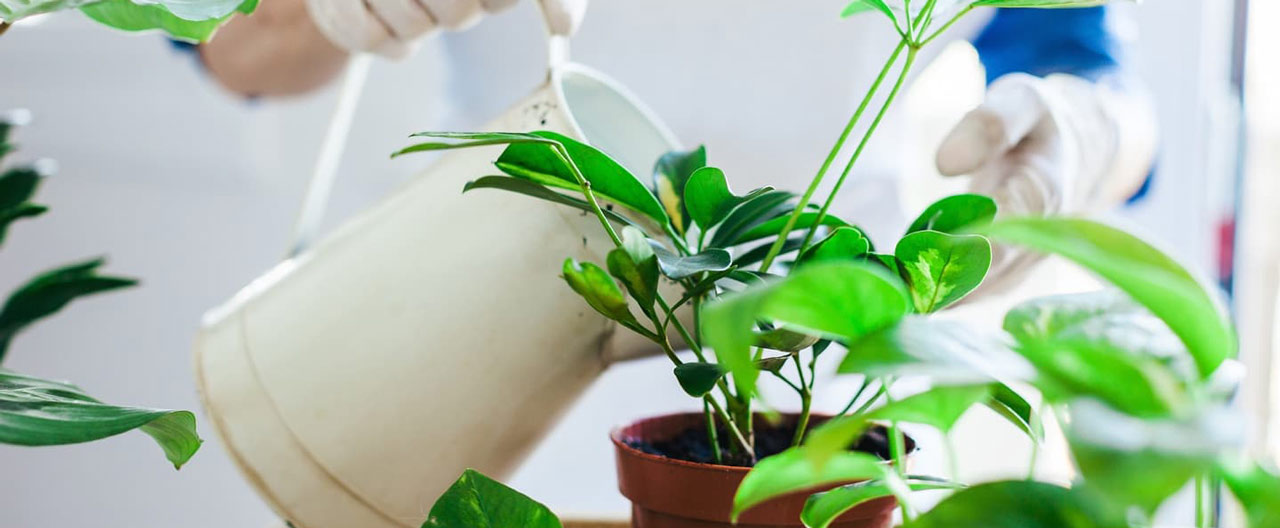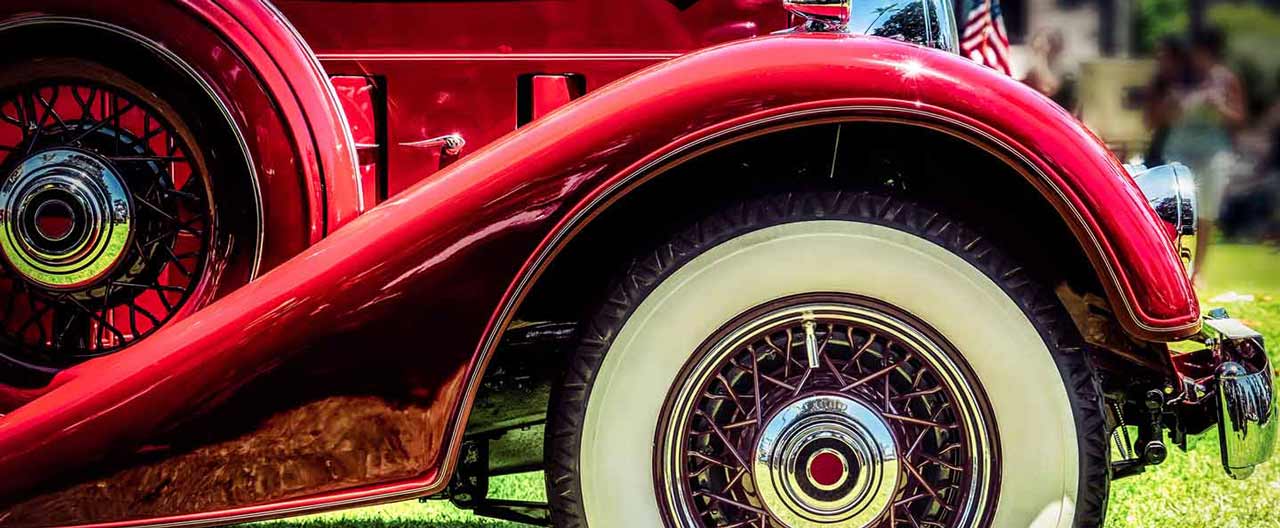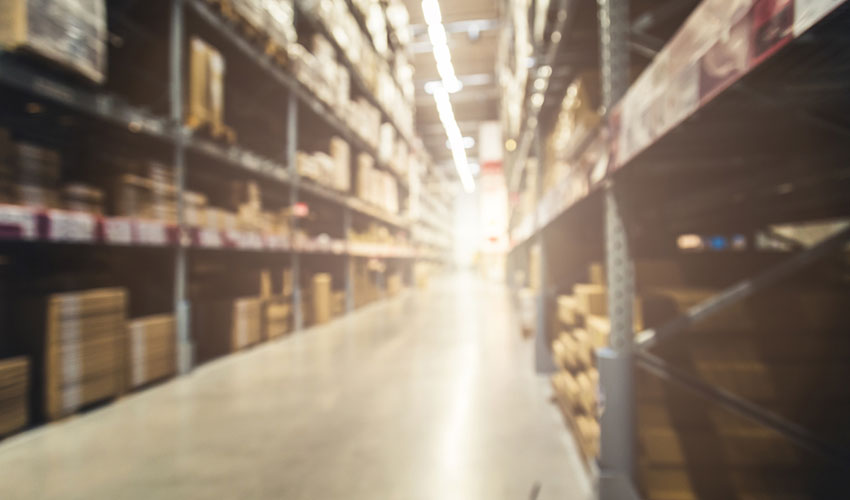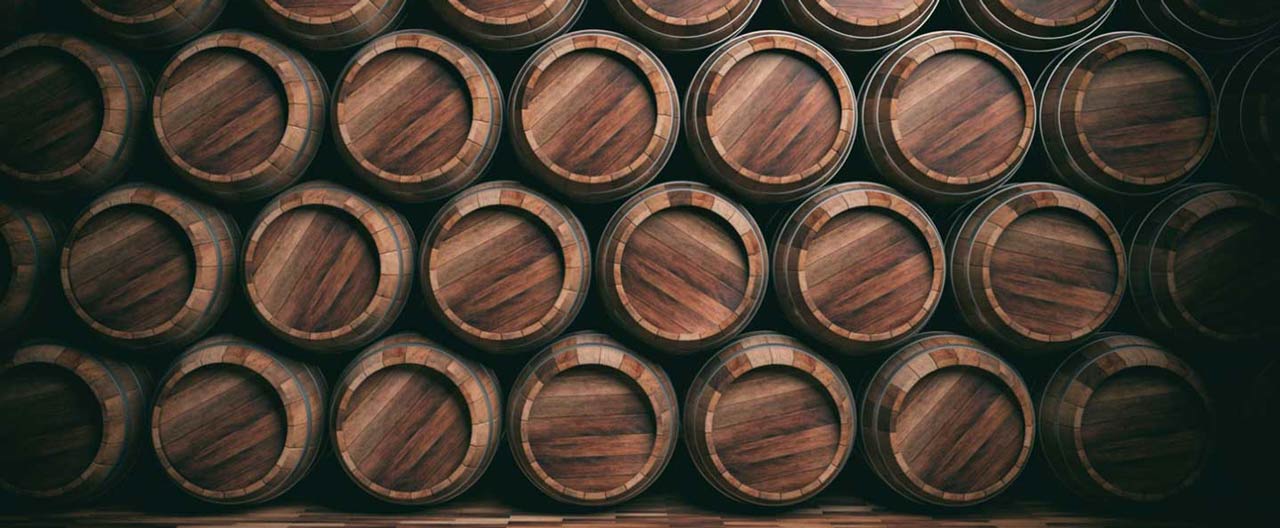- Individuals & Families
- Businesses
- Brokers

With winter on its way out, you may be ready for some spring cleaning.

Make sure you protect your classic cars from damage or additional wear and tear.

Keep your important papers and small valuables away from burglars, fire or natural disaster.

For over a hundred years, we’ve offered unparalleled stability and protection for small boats, yachts, luxury mega-yachts, and more.

Here are some things you can do to assist firefighters and minimize the damage to your home.

At their worst, disputes between professional service firms and their clients can lead to costly lawsuits.
Before you trust them with your valuable wine collection, make sure your storage facility is set up properly and taking all the precautions necessary to protect your collection from damage and keep it at its best. Here are a few things they need to do to earn your business:
1. Protect your wine from fire.
The facility should have a centrally monitored sprinkler system and/or smoke detection system in place, with signal continuity, as well as fire extinguishers throughout the building that are easily accessible.
2. Secure the building.
The facility should have a centrally monitored burglar alarm system with signal continuity, camera surveillance, and protocols in place to monitor any access staff and visitors have to the valuables within.

3. Control temperature and humidity.
It’s important that the facility have temperature and humidity controls that are centrally monitored, with signal continuity. They should also have a back-up generator to ensure that even in the event of a power outage, your wine will stay at the appropriate temperature and humidity levels.
4. Maintain the building
Before you hand over your wine collection, confirm that the storage facility is well maintained, with annual plans to inspect the electrical, plumbing, and HVAC systems to ensure they continue to be in good working order. You’ll also want to make sure they have water leak detection devices installed on air handling and air conditioning systems, to prevent possible water damage.
5. Keep a low profile.
To prevent break-ins and burglaries, many storage facilities for wine and other values keep minimal signage on the exterior of the building. That way, the general public won’t know what’s stored inside.
6. Locate the building away from potential exposures and have an emergency plan in place.
You may not want to store your fine wine in a building located next to other businesses that could create risks, such as a gas station. But, if the risks can’t be avoided – for example, if the facility is located in wildfire, hurricane, or earthquake territory – ensure that the building management has a disaster preparedness plan in place, storage racks that are secured to the walls or studs to prevent damage in an earthquake, and is ready to evacuate your valuables in case of wildfire or hurricane.
7. Properly train and vet the staff.
Everyone working at the storage facility should be properly trained and qualified to care for and handle your wine collection. The facility should also perform thorough background checks on all personnel prior to hiring them.
8. Manage the collection.
All items located in open storage should have an identification label or tracking number on them, and the warehouse should maintain a complete and updated inventory of all items, including those in open storage.
Insights and expertise



This document is advisory in nature and is offered as a resource to be used together with your professional insurance advisors in maintaining a loss prevention program. It is an overview only, and is not intended as a substitute for consultation with your insurance broker, or for legal, engineering or other professional advice.
Chubb is the marketing name used to refer to subsidiaries of Chubb Limited providing insurance and related services. For a list of these subsidiaries, please visit our website at www.chubb.com. Insurance provided by Chubb Insurance Company of Canada or Chubb Life Insurance Company of Canada (collectively, “Chubb Canada”). All products may not be available in all provinces or territories. This communication contains product summaries only. Coverage is subject to the language of the policies as actually issued.

